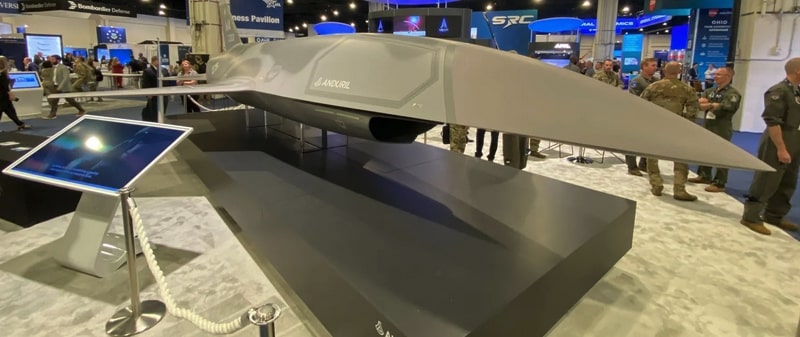Elon Musk has posted that SpaceX Starship is on track to weekly launches of the version 3 Starship in 2026. This will mean 20-30 times the bandwidth per Starship launch with Starlink V3 satellites versus Falcon 9 with V2 mini satellites.
Forty Starship launches with each launching 60 TBPS of capacity. This would mean 2400 TBPS which is six times more than the current 400 TBPS that is currently in orbit.
This would likely be 50 to 100 times the direct to cellphone capability of the 500 version 2 mini DTC capable satellites.
The SpaceX Starlink scaling of direct to cellphone to global 5G for 1 billion or more customers is the main financial and technological impact.
On March 7, 2025, the FCC allows Starlink’s direct-to-cell service to operate at 800% higher power which will enable faster, more reliable service. The power level will enable 4G/5G speeds. It is unclear if the max speed requires any extra antenna on existing phones. Elon Musk has previously mentioned that direct to cellphone from satellite could have 10% of the speed of the broadband satellite service to Starlink dishes. SpaceX aims to introduce voice and data services in 2025, with specific rollout depending on regulatory approval and satellite deployment. T-Mobile’s roadmap indicates these features will follow the texting phase, likely starting in mid-to-late 2025 after the beta concludes. Partners Rogers and Optus have echoed this timeline, targeting voice and data in 2025 as well.
The initial data speeds might range from 10-50 Mbps per user in dense areas, potentially reaching 100 Mbps or more in low-density regions with strong signals. Over time, with more satellites (scaling to 7500+) and optimizations, speeds could improve, possibly hitting hundreds of Mbps in ideal conditions.


We are honing in on the V3 Starship design. @SpaceX is tracking to a Starship launch rate of once a week in ~12 months.
That will yield ~100 tons to @Starlink orbit with full reusability.
Profound breakthrough. https://t.co/FvYmlTN2QI
— Elon Musk (@elonmusk) March 22, 2025
Passive and Powered Antennas
It won’t work miracles. A concrete wall (20–30 dB loss) or a basement with no line of sight could still kill the signal.
A powered antenna—say, an active amplifier at 0.1 to 1 watt—could be built into a phone case or phone. This isn’t just capturing signals; it’s amplifying them before they hit your phone’s receiver. At 0.1 watts (100 milliwatts) would work with existing cellphone batteries and 1 watt pushes the limits for a cellphone.
An active antenna could add 10–20 dB of gain, depending on power and design. Stack that on the 8X satellite boost (9 dB), and you’re at 19–29 dB total improvement. That’s enough to punch through tougher barriers—say, a brick wall (15 dB) or even a concrete one (20–25 dB) if you’re lucky. At 0.1 watts, you might get reliable voice calls and 1–5 Mbps internet in a typical home; at 1 watt, you could hit 10 Mbps or more.
If your cellphone is at home or in a car and docked with power and connected to antennas then it would enable communication inside buildings.

Brian Wang is a Futurist Thought Leader and a popular Science blogger with 1 million readers per month. His blog Nextbigfuture.com is ranked #1 Science News Blog. It covers many disruptive technology and trends including Space, Robotics, Artificial Intelligence, Medicine, Anti-aging Biotechnology, and Nanotechnology.
Known for identifying cutting edge technologies, he is currently a Co-Founder of a startup and fundraiser for high potential early-stage companies. He is the Head of Research for Allocations for deep technology investments and an Angel Investor at Space Angels.
A frequent speaker at corporations, he has been a TEDx speaker, a Singularity University speaker and guest at numerous interviews for radio and podcasts. He is open to public speaking and advising engagements.


























